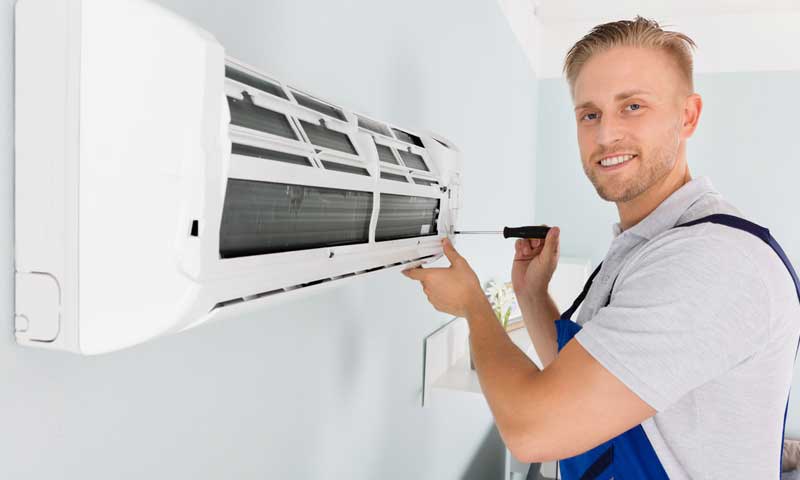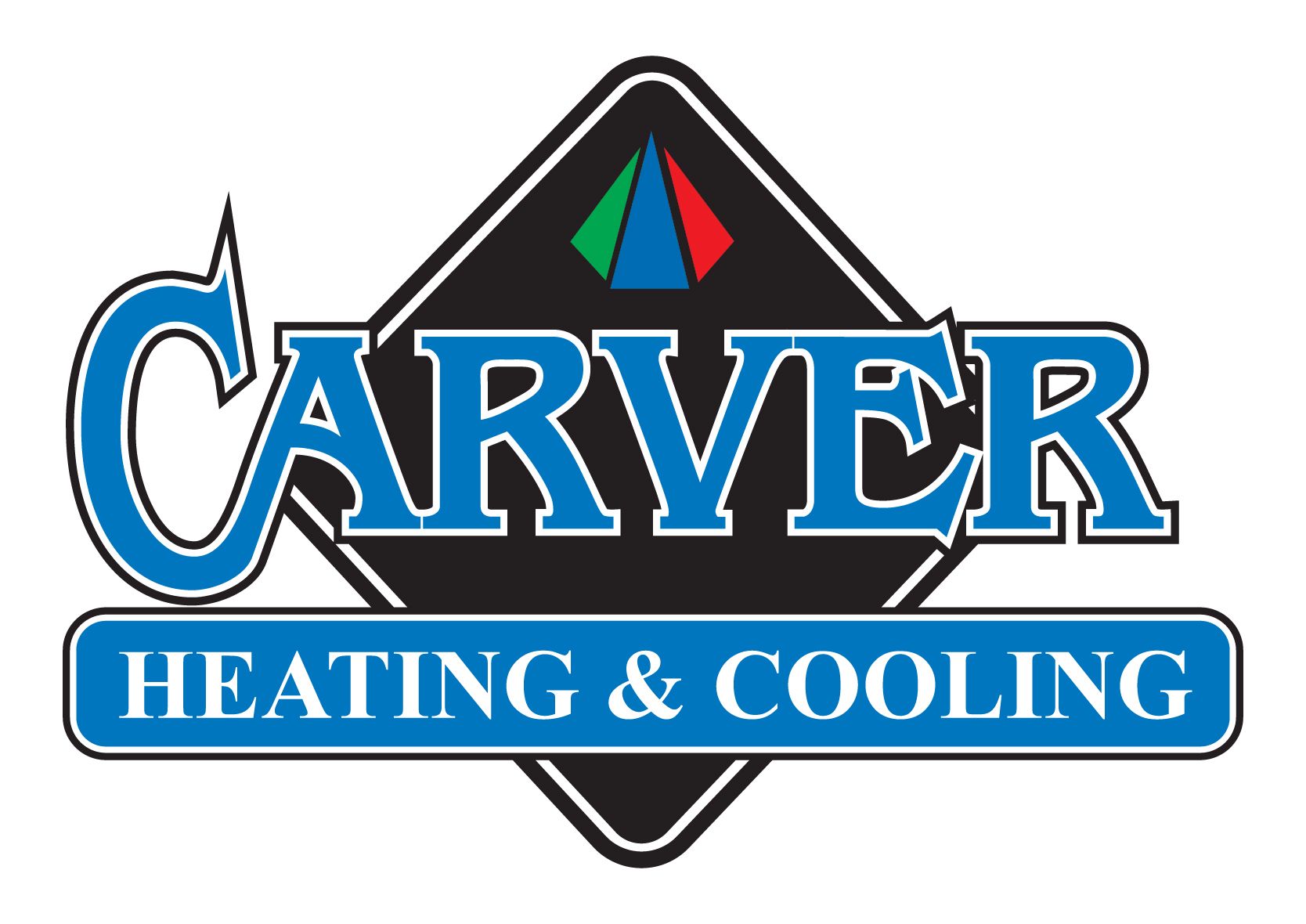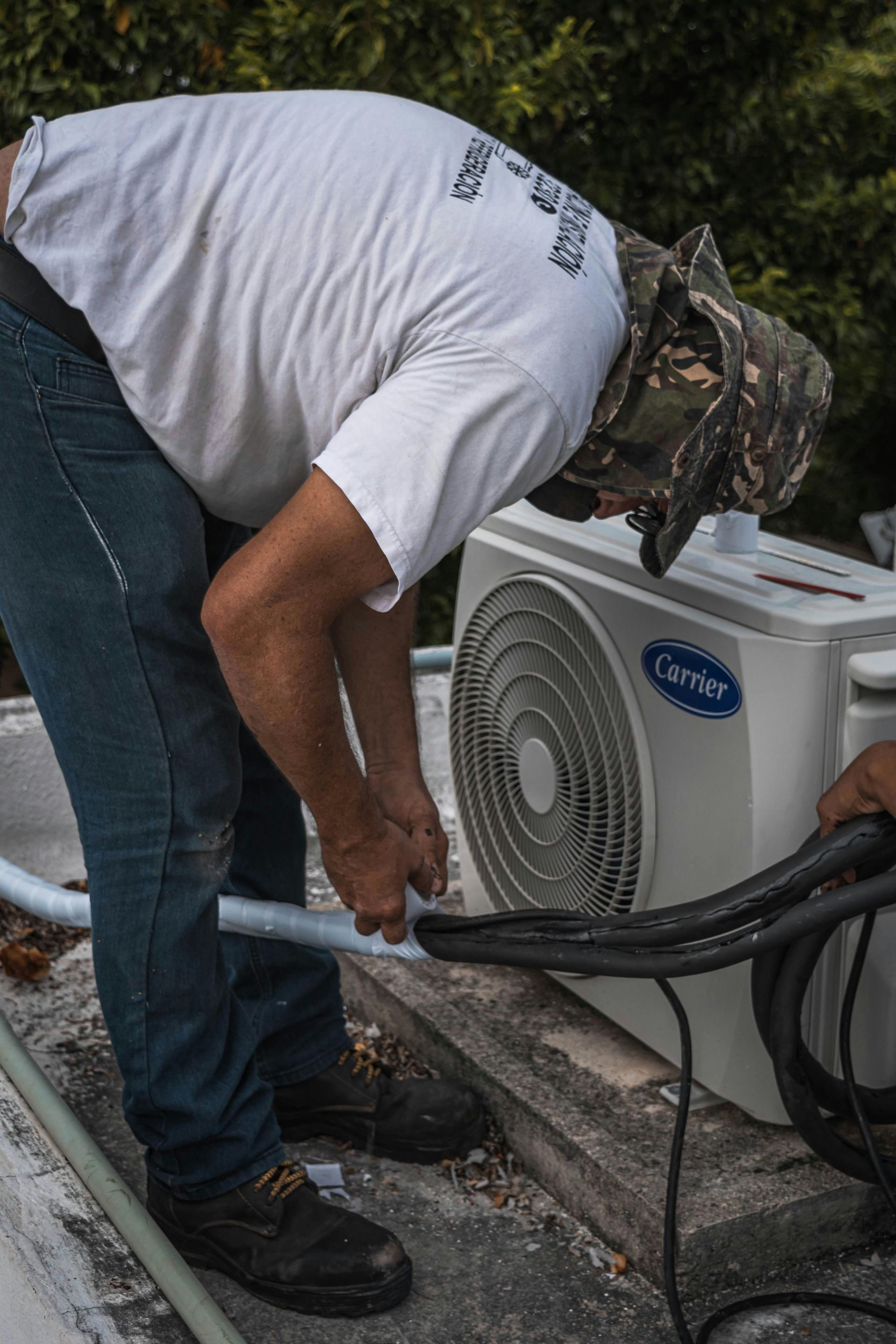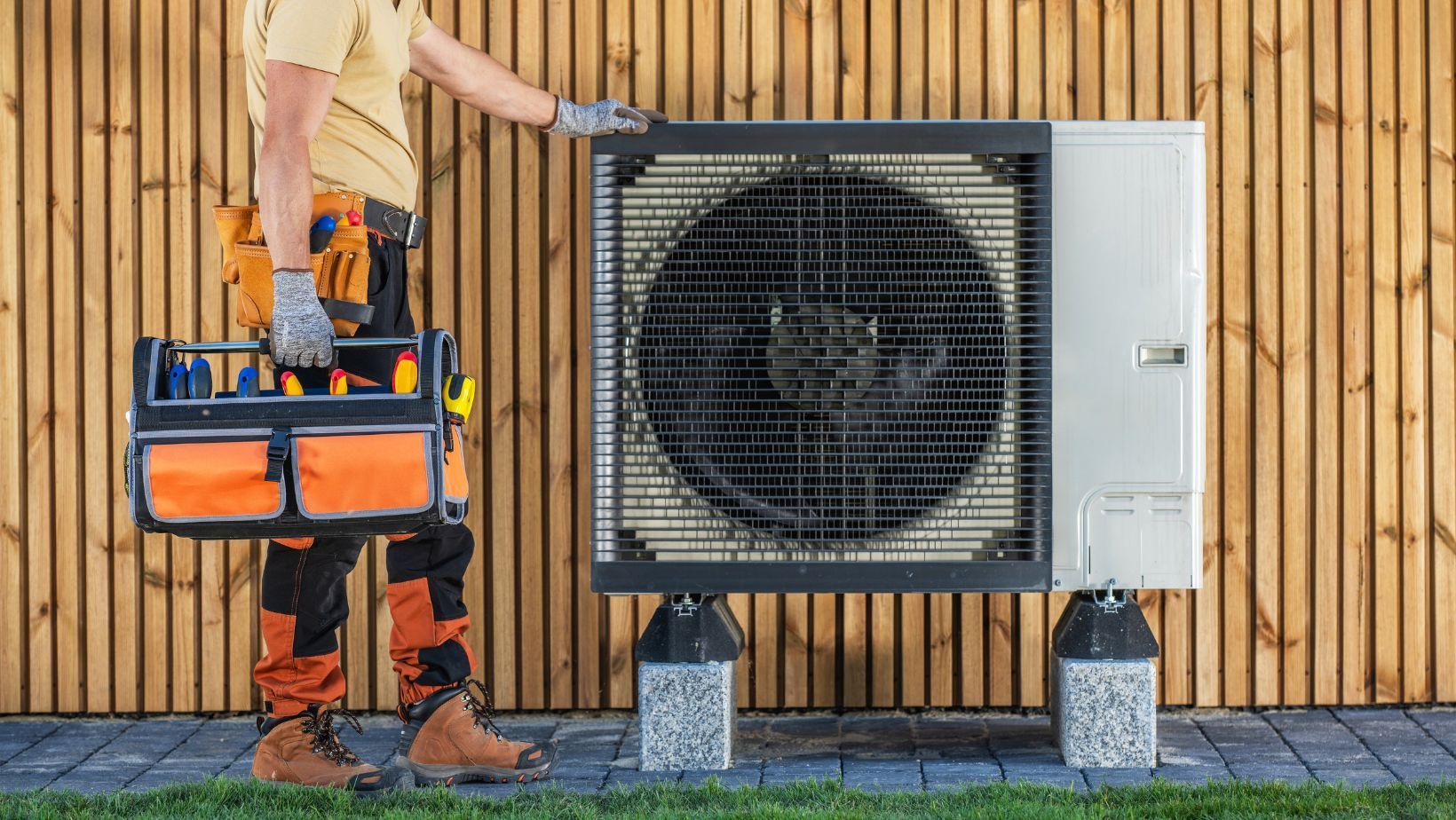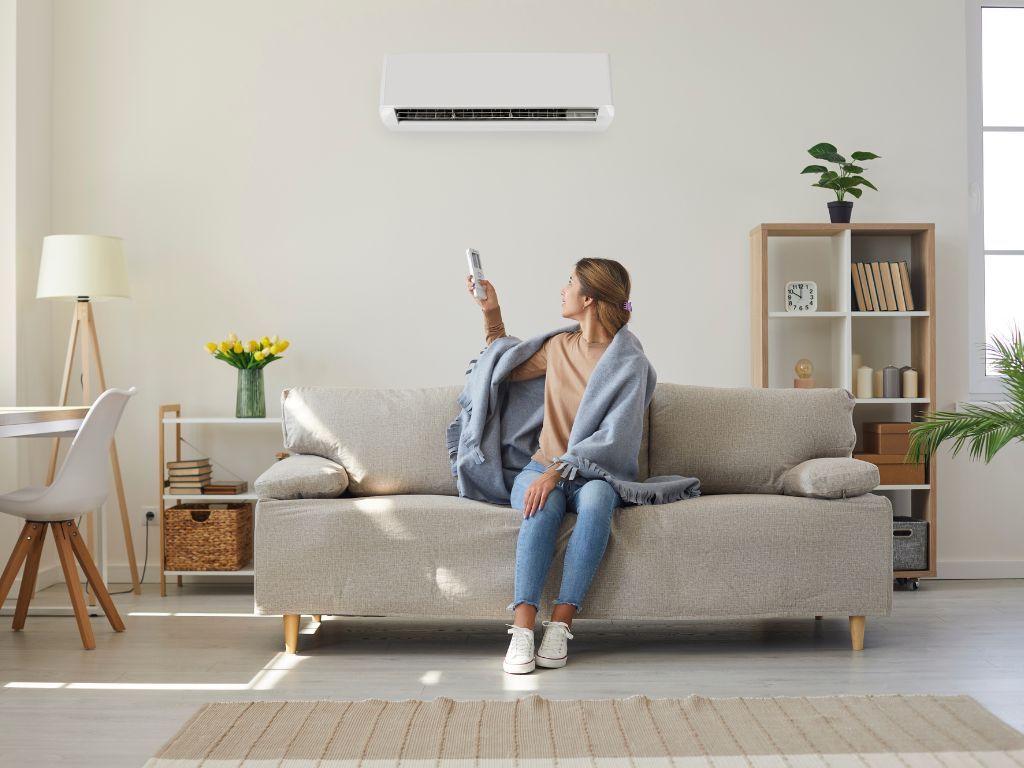A Beginner’s Guide to Residential HVAC Systems in London, Ontario

Imagine stepping into your home after a long day, greeted by a perfectly balanced indoor climate—neither too hot nor too cold, with fresh, clean air circulating throughout. This comfort is made possible by your home's HVAC system. HVAC stands for Heating, Ventilation, and Air Conditioning, and it's the backbone of indoor comfort. But how does it all work? In this blog, we'll demystify the components and processes that keep your home cozy year-round.
Key Takeaways
HVAC Basics: HVAC systems regulate indoor temperature, humidity, and air quality.
Main Components: Includes the thermostat, furnace or heat pump, air conditioner, ductwork, and air filters.
System Operation: The thermostat detects temperature changes and activates the heating or cooling system accordingly.
Energy Efficiency: Regular maintenance, such as changing filters and sealing ducts, can improve system efficiency.
Professional Maintenance: While DIY tasks are possible, professional servicing ensures optimal performance and longevity.
Overview
Top-ranking articles on "How Residential HVAC Works" emphasize the importance of understanding the basic functions of HVAC systems, which include heating, cooling, and ventilation. They generally highlight the key components—such as the thermostat, furnace or heat pump, air conditioner, and ducts—and how they all work together to maintain indoor comfort. Most sources advocate for regular maintenance to keep systems running efficiently, save on energy bills, and avoid costly repairs. Featured snippets are often achieved by providing direct, clear answers in FAQ format, and simple, easy-to-understand explanations that cater to homeowners without technical backgrounds. The use of simple language, headers, and bulleted lists is common to improve readability and SEO optimization.
How Residential HVAC Works
1. Heating: Keeping Your Home Warm
During colder months, your HVAC system's heating component—typically a furnace or heat pump—kicks in. A furnace burns fuel (like natural gas or oil) or uses electricity to generate heat. This warm air is then distributed through ducts into various rooms. In contrast, a heat pump transfers heat from outside to inside, even in chilly temperatures, providing an energy-efficient alternative.
2. Cooling: Beating the Heat
When temperatures rise, the air conditioning unit takes over. It uses a refrigerant to absorb heat from indoor air and expel it outside, cooling your living spaces. The cooled air is then circulated back into the home via the ductwork. Modern systems often include a heat pump that can reverse this process to provide both heating and cooling.
3. Ventilation: Ensuring Fresh Air
Proper ventilation is crucial for maintaining indoor air quality. HVAC systems facilitate this by circulating air, removing stale air, and introducing fresh air. This process helps control humidity levels and remove indoor pollutants, contributing to a healthier living environment.
4. Thermostat: The Control Center
The thermostat acts as the brain of your HVAC system. It monitors indoor temperatures and signals the system to heat or cool the air to maintain your desired setting. Modern smart thermostats offer advanced features like scheduling and remote control via smartphone apps.
Implications and Broader Considerations
Understanding how residential HVAC works not only enhances your comfort but also empowers you to make informed decisions about energy use and maintenance. For instance, regular maintenance tasks—such as replacing filters, cleaning coils, and sealing ducts—can significantly improve system efficiency, leading to lower energy bills and a reduced environmental footprint.
Moreover, with the increasing availability of smart thermostats and energy-efficient HVAC models, homeowners have more opportunities than ever to optimize their systems for both comfort and cost savings.
At Carver Sheet Metal, located at 1245 Sunningdale Road E, London, ON, we specialize in comprehensive HVAC services. Whether you're curious about how residential HVAC works or need professional maintenance, our experienced team is here to assist you. Contact us today at (519) 555-3821 to schedule a consultation and ensure your home's HVAC system operates at peak performance.
FAQs
Q: How often should I service my air conditioner?
A: It's recommended to have your air conditioner professionally serviced at least once a year. If you use it heavily or live in a harsh climate, consider servicing it twice a year.
Q: Can I perform AC maintenance myself?
A: While basic tasks like cleaning filters can be done at home, comprehensive maintenance should be left to professionals to ensure safety and effectiveness.
Q: What does professional AC servicing include?
A: Professional servicing typically involves cleaning components, checking refrigerant levels, inspecting electrical connections, and ensuring overall system efficiency.
Q: Does regular servicing improve air quality?
A: Yes, regular maintenance ensures filters and components are clean, which helps maintain good indoor air quality.
Q: Will servicing my AC save money?
A: Absolutely. Regular maintenance improves efficiency, reducing energy bills and preventing costly repairs.
Conclusion
A well-maintained HVAC system is essential for a comfortable and healthy home environment. By understanding how residential HVAC works, you can make informed decisions about your system's operation and maintenance. Remember, while some tasks can be handled independently, professional servicing ensures optimal performance and longevity. Don't hesitate to reach out to Carver Sheet Metal for expert HVAC services tailored to your needs.
